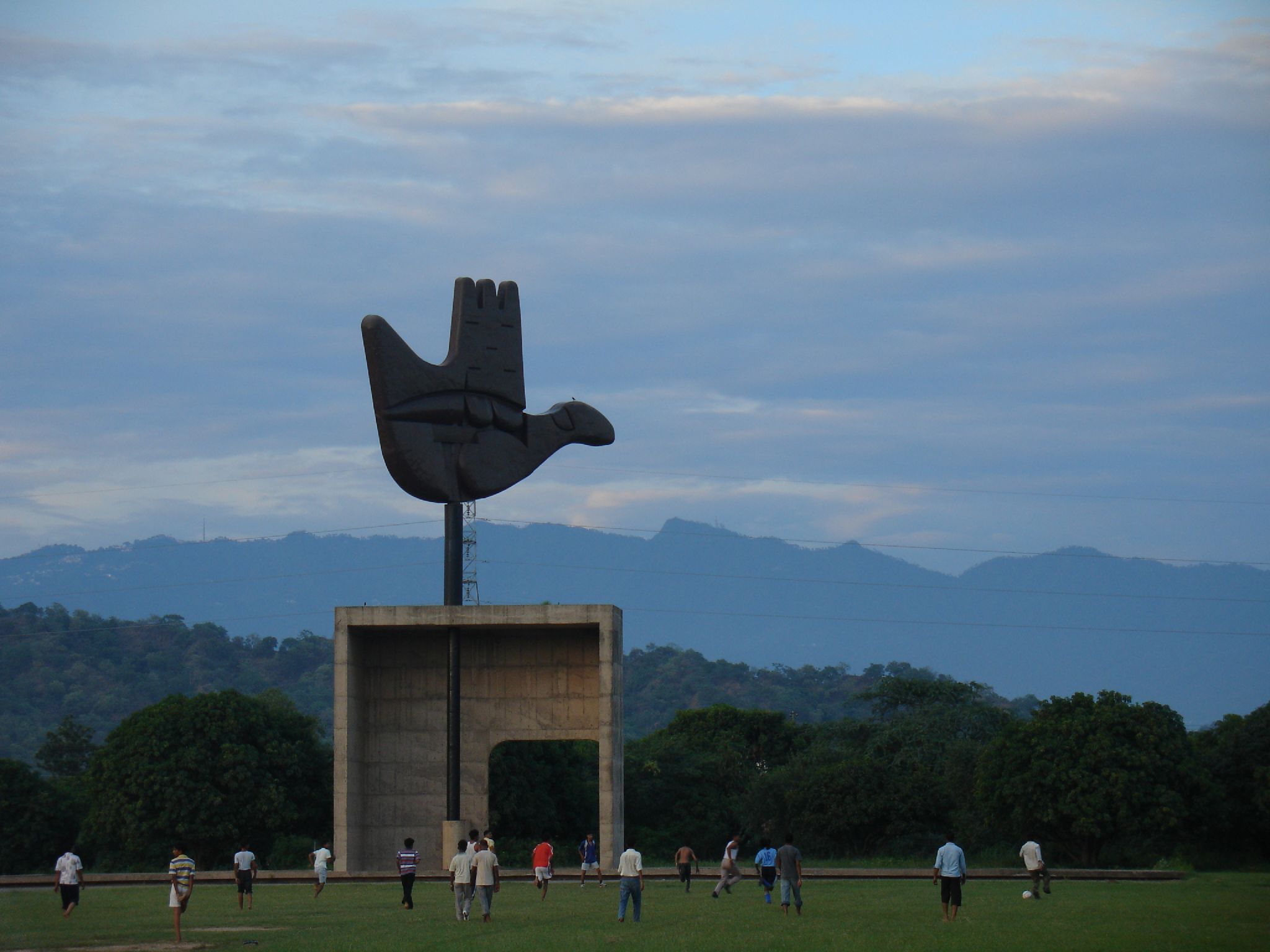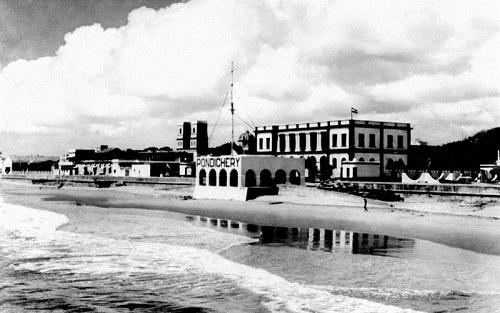Chandigarh is a city and union territory in the northern part of India that serves as the capital of both the states of Haryana and Punjab. The city was designed by the famous French architect Le Corbusier and is known for its unique architectural and urban planning features.
The history of Chandigarh can be traced back to the time of the Mahabharata, when the region was known as Kurukshetra. In the Mughal period, the area was ruled by various Mughal governors and was known for its rich agriculture and trade.
During the British Raj, the region was part of the Punjab province and served as a strategic location for the British Indian Army. After India gained independence from British rule in 1947, the region was split between India and Pakistan, with the majority of the Punjab region going to Pakistan.
As a result of the partition, the Indian government decided to create a new capital for the state of Punjab, as the previous capital, Lahore, was now in Pakistan. The government appointed Le Corbusier to design and plan the new city of Chandigarh.
Construction of the city began in 1951 and was completed in the late 1950s. The city was officially inaugurated on November 1, 1953, by India’s first Prime Minister, Jawaharlal Nehru. Chandigarh was designed to be a symbol of the new, modern India and its planning and architecture were heavily influenced by Le Corbusier’s principles of urban planning.
The city is known for its wide, tree-lined boulevards, large open spaces, and functionalist architecture. It was also the first city in India to be planned and designed as a whole, with all its buildings, parks, and public spaces integrated into a cohesive design.
Chandigarh quickly became a major center of education, culture, and industry and is now considered one of the most livable cities in India. It has also been designated.
In conclusion, the history of Chandigarh is closely tied to the history of India’s struggle for independence and the partition of British India. The city was designed as a symbol of the new, modern India and is known for its unique architectural and urban planning features. It has become a major center of education, culture, and industry, and is considered one of the most livable cities in India.
Overview
Chandigarh is a city and union territory in northern India that serves as the capital of both the states of Haryana and Punjab. The city has a rich history dating back to the time of the Mahabharata, when the region was known as Kurukshetra. During the British Raj, it was part of the Punjab province and served as a strategic location for the British Indian Army. After India gained independence from British rule in 1947, the region was split between India and Pakistan, with the majority of the Punjab region going to Pakistan. To address this, the Indian government decided to create a new capital for the state of Punjab and appointed Le Corbusier to design and plan the new city of Chandigarh. Construction of the city began in 1951 and was completed in the late 1950s. The city is known for its unique architectural and urban planning features, as well as being a major center of education, culture, and industry. It has also been designated.





